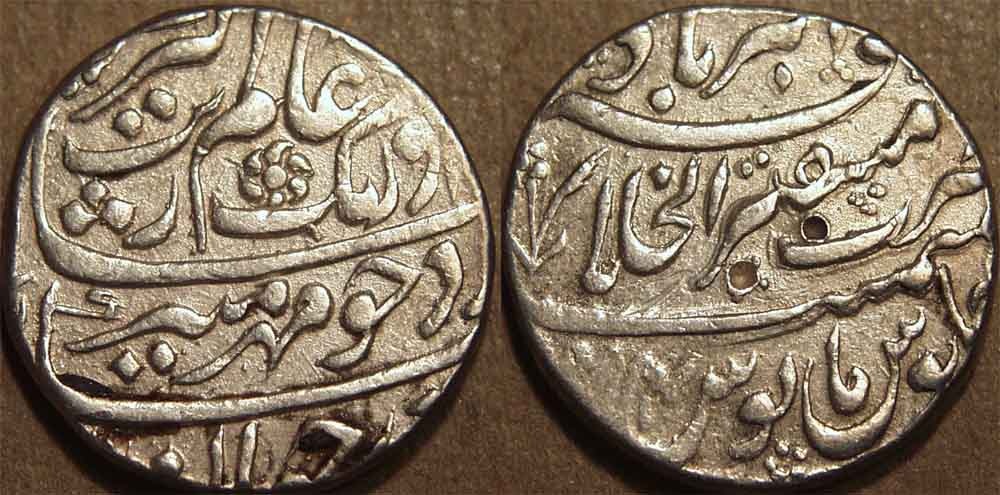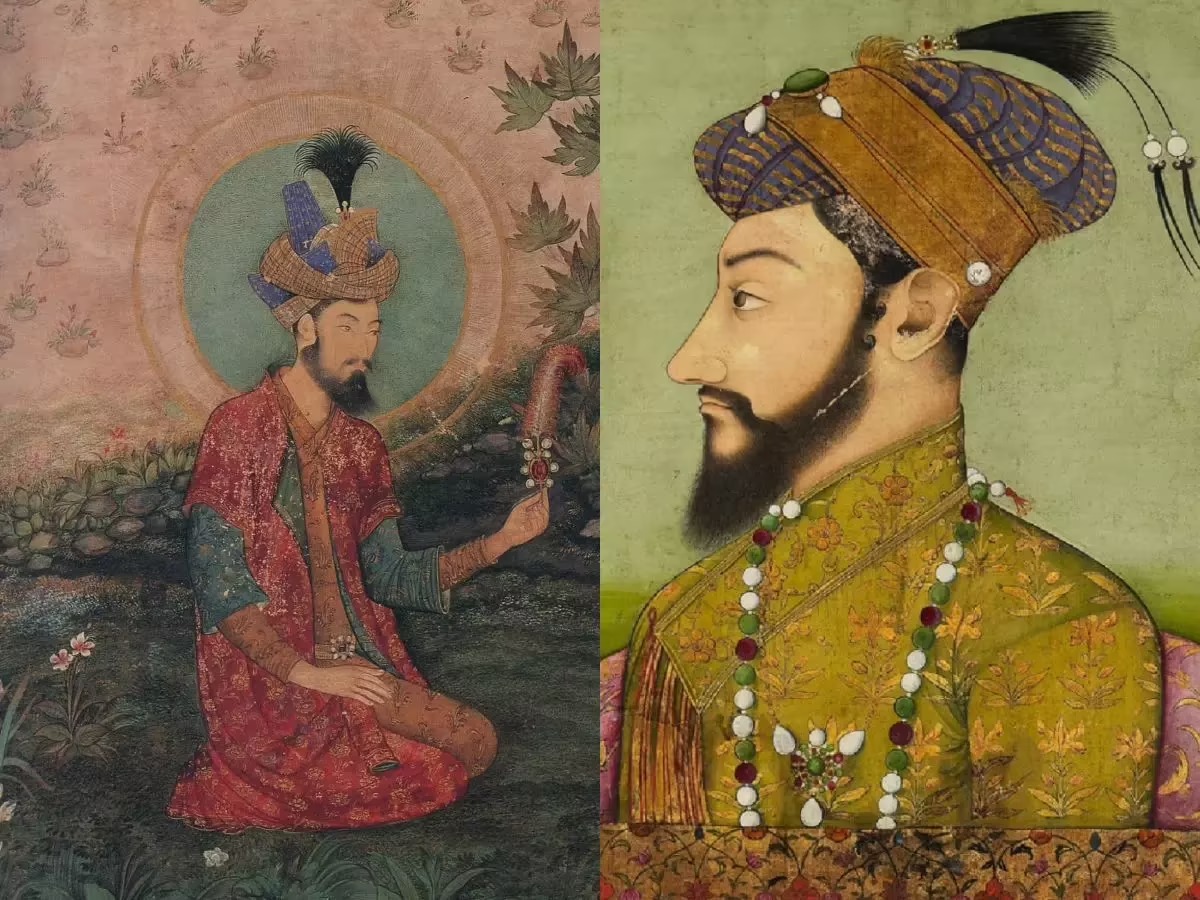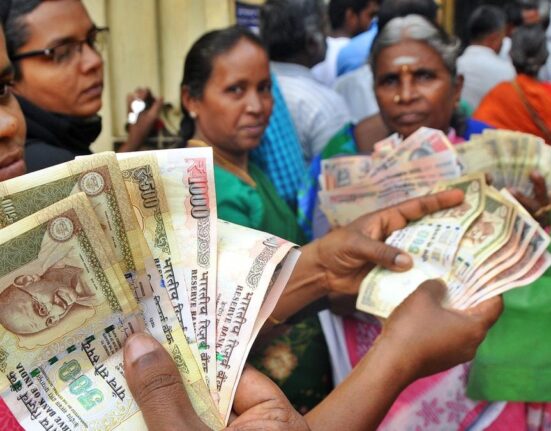परिचय
Aurangzeb Alamgir, the sixth Mughal emperor, ruled from 1658 to 1707 CE—presiding over the Mughal Empire at the height of its territorial expanse. His 49-year reign was one of extraordinary ambition, religious orthodoxy, and ceaseless warfare. While the empire reached its geographical zenith under Aurangzeb, his policies, prolonged military campaigns, and religious conservatism are widely regarded as having sown the seeds for the Mughal Empire’s eventual fragmentation and decline.

Early Years and Ascendancy
Aurangzeb, the third son of Shah Jahan and Mumtaz Mahal, was an accomplished military leader and administrator before becoming emperor. The struggle for succession between Shah Jahan’s sons culminated in Aurangzeb’s victory over his brother Dara Shikoh at the Battle of Samugarh in 1658. Seizing power, Aurangzeb assumed the title “Alamgir” (“Conqueror of the World”) and imprisoned his father.
Imperial Expansion and Military Campaigns
Territorial Zenith and Warfare
- Under Aurangzeb, the Mughal Empire stretched from the Himalayas to the deep south, encompassing nearly the entire subcontinent by the 1680s, including the annexation of the Deccan Sultanates of Bijapur and Golconda.
- He led relentless campaigns against the Marathas, Rajputs, Sikhs, and Deccan kingdoms, deploying one of the world’s largest armies—sometimes up to 500,000 followers and tens of thousands of elephants and camels.
- Notable military episodes include the siege of Bijapur (1686), the fall of Golconda (1687), and the lengthy, resource-draining war against the Marathas, initiated after Shivaji’s death (1680), which ultimately proved indecisive and debilitating for the empire.
Deccan Policy
- After 1681, the court shifted south, and Aurangzeb personally directed protracted Deccan campaigns for over two decades. The Maratha resistance, marked by guerrilla warfare, foiled Mughal efforts at lasting conquest. The siege of forts like Jinji (1691–98) and the failure to subdue the Maratha state exhausted Mughal resources and manpower.
प्रशासन और शासन
Centralization and Revenue
- Aurangzeb was a strict centralizer; ministers were reduced to mere clerks, and provincial powers curbed.
- He implemented financial reforms, sought tighter control over revenue collection, and imposed new taxes—raising annual state income to record highs.
- The Mansabdari system continued, maintaining a large and costly professional military.
Judicial and Economic Reforms
- The judicial system and administration were increasingly aligned with Islamic principles.
- He enforced fiscal discipline, streamlined administration, but continual warfare and increased taxes strained both the peasantry and the imperial treasury.
Religious and Cultural Policy
Orthodox Sunni Rule
- Aurangzeb departed from the syncretic policies of predecessors like Akbar. He imposed strict Sunni Islamic laws (Sharia), reintroduced the jizya tax on non-Muslims (abolished since Akbar’s reign), and promoted Islamic orthodoxy over administration and culture.
- He banned public religious fairs, dancing, music (with rare exceptions), and celebrations like Nauroz, and restricted repairs and construction of non-Muslim places of worship.
Temple Destruction and Intolerance
- His reign is notorious for the demolition of several prominent Hindu temples—such as Kashi Vishwanath, Somnath, and Mathura—often as punitive or political acts. These measures and the jizya tax triggered deep resentment among Rajputs, Marathas, and Sikhs, leading to frequent rebellions.
- Despite his orthodoxy, there were still notable Hindu generals in his army and court, reflecting the complex realities of Mughal governance.
Promotion of Persian and Islamic Culture
- Persian remained the court language, and the empire continued to be an influential center of art, literature (in Persian), and architecture. Noteworthy constructions include the Bibi Ka Maqbara in Aurangabad, modeled after the Taj Mahal, and the Moti Masjid inside Delhi’s Red Fort.
Social and Political Consequences
Alienation and Revolt
- The religious and fiscal policies alienated non-Muslim communities and eroded traditional Mughal alliances—especially with the Rajputs, Marathas, and Sikhs, who had once bolstered Mughal power.
- The Deccan wars drained the empire financially and militarily, and Maratha guerrilla tactics kept the south perpetually unstable.
Administrative Overreach
- Aurangzeb’s efforts to directly control all aspects of the empire spread resources thin, made local administrators restive, and diminished loyalty in the provinces.
Seeds of Decline
- By the end of Aurangzeb’s reign, the empire was vast but brittle, beset by rebellion, weakened administration, and a succession crisis. His death in 1707 left the Mughal state vulnerable to rapid fragmentation and to emerging regional powers like the Marathas and Sikhs.
Interesting Facts
- Aurangzeb is described as the most controversial Mughal ruler: ascetic, religiously devout, and uncompromising.
- He seldom indulged in courtly luxuries, earning the epithet “Zinda Pir” (Living Saint).
- Despite his orthodoxy, many Hindus (including Rajputs and Marathas) held high ranks in his administration.
- The annual revenue of Aurangzeb’s empire was unmatched in the world at the time—over £100 million.
- The empire reached its territorial maximum—stretching from the Indus to the Brahmaputra, and far into the Deccan—but could not sustain such vastness in the long run.

निष्कर्ष
Aurangzeb’s reign (1658–1707 CE) symbolizes both the height and the beginning of the dissolution of the Mughal Empire. His militant orthodoxy, administrative centralization, and relentless military expansion left the empire territorially vast but internally weakened. While his legacy remains debated—praised by some for discipline and justice, condemned by others for intolerance and rigidity—there is no dispute that Aurangzeb’s policies and wars transformed the Indian subcontinent, shaping the path to the modern era.








इस बारे में प्रतिक्रिया दें